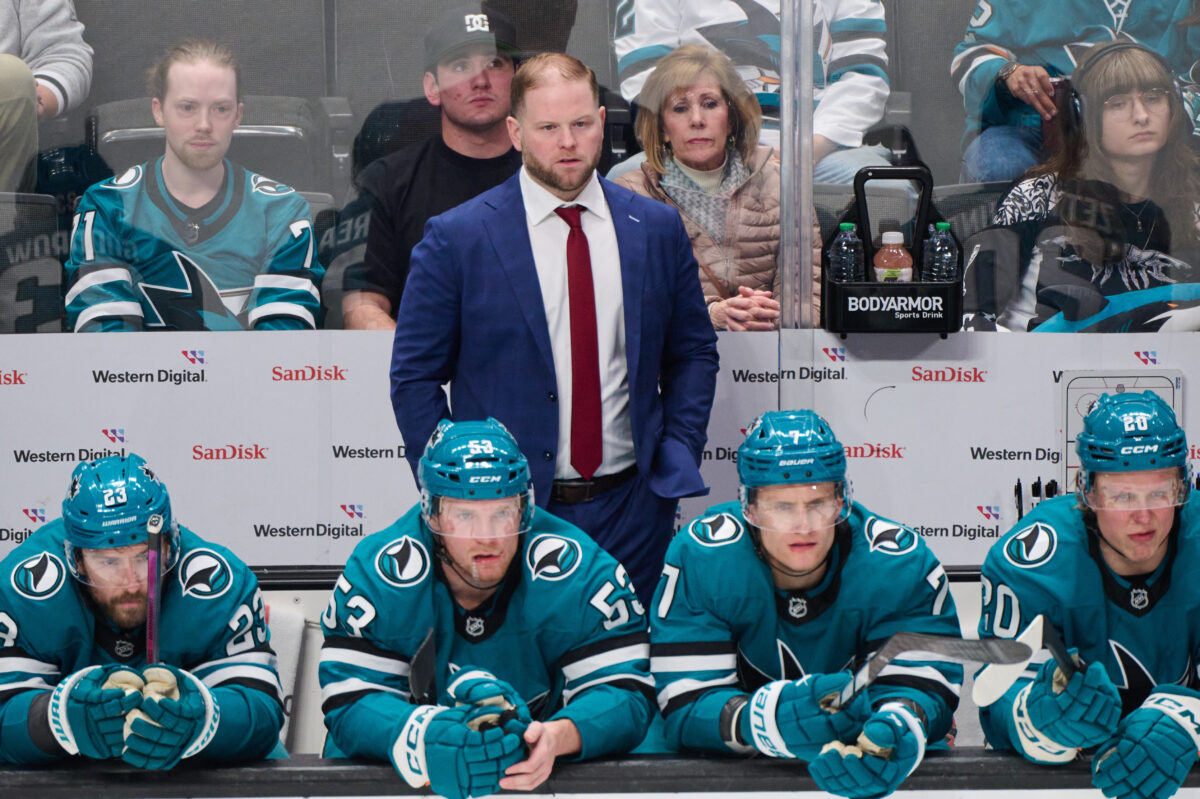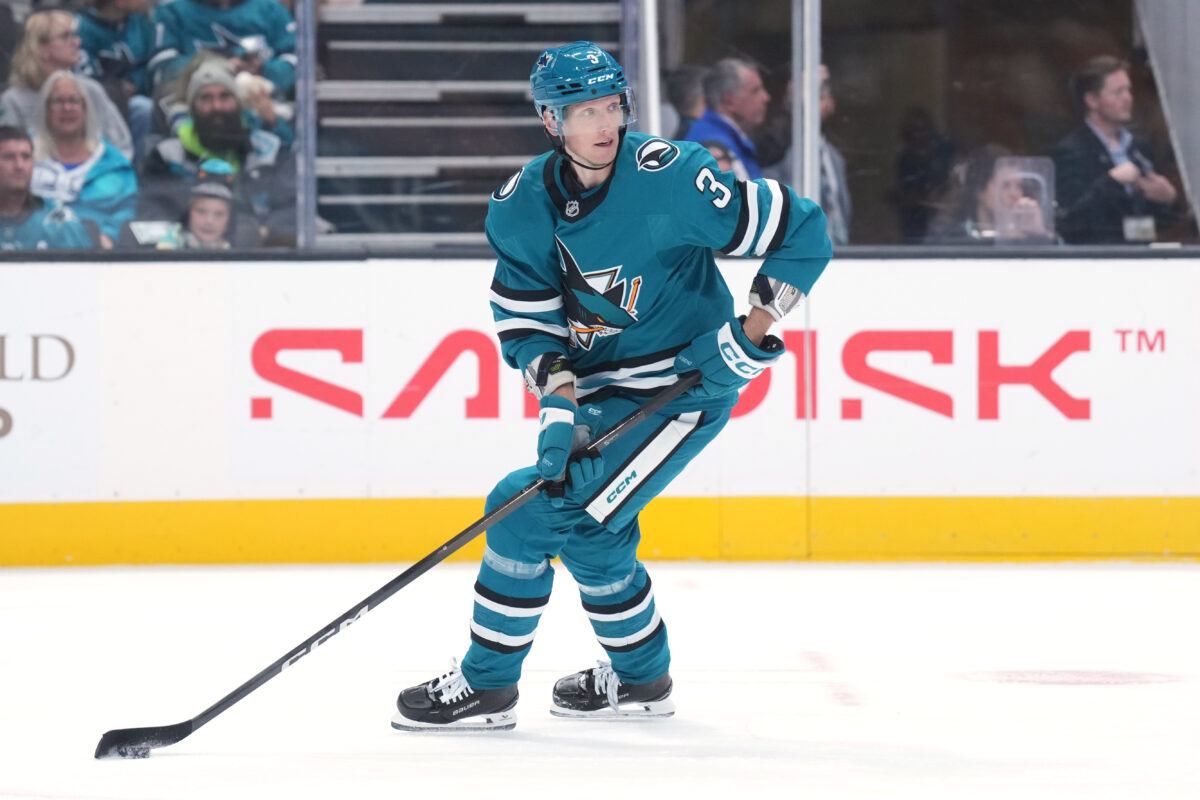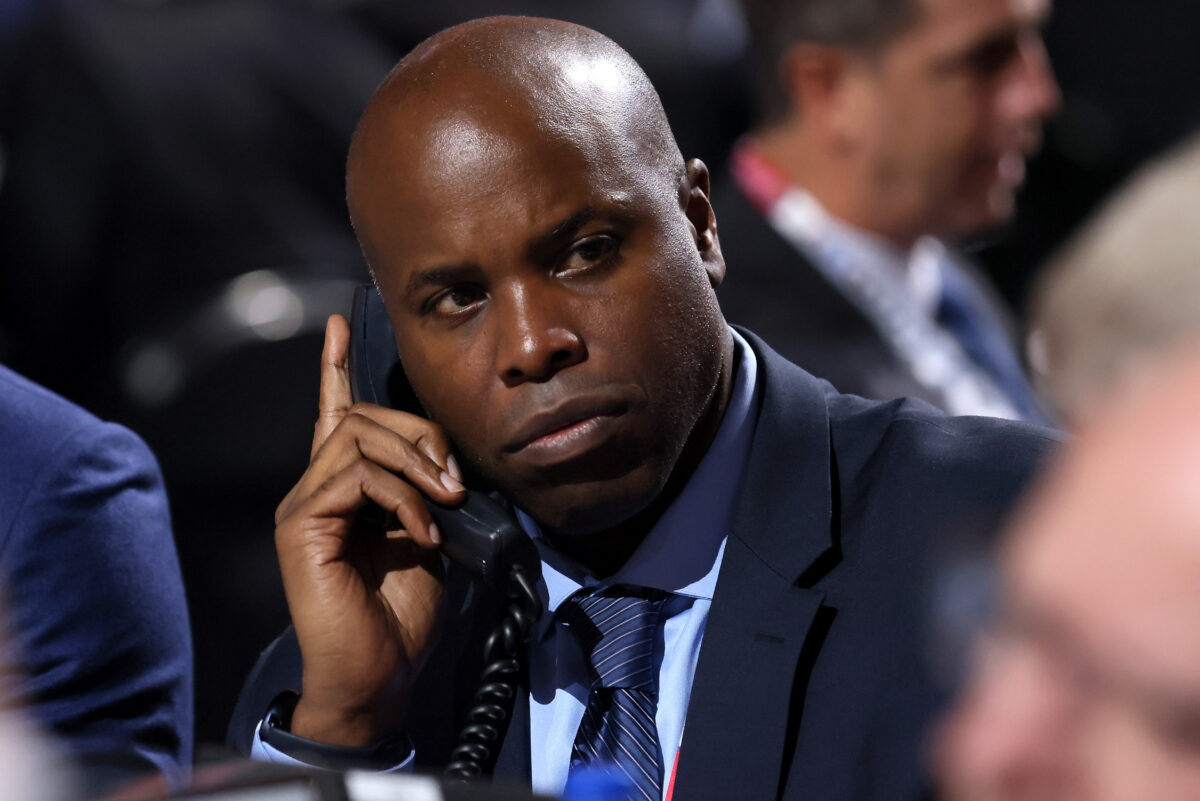The San Jose Sharks have been one of the more intriguing storylines of the early season. In a season defined by a dedicated rebuild, the team finds itself flirting with the playoff picture, holding a respectable 10-8-3 record through 21 games. They are playing with structure, grit, and a collective buy-in that has exceeded early expectations.
However, amidst this surprising start, there has been a notable outlier on the blue line. John Klingberg, the veteran defenseman brought in to quarterback the power play and stabilize the transition game, has found himself at a crossroads.
The decision by head coach Ryan Warsofsky to healthy scratch Klingberg against the Utah Mammoth wasn’t just a punitive measure; it was a calculated calibration of a player—and a team—trying to find the right balance between risk and reward. For a knowledgeable hockey market, the move signals a shift in philosophy where reputation takes a backseat to execution.
The Mathematics of Risk and Reward
To understand why Klingberg watched from the press box, you have to look beyond the basic box score, though the numbers paint a stark enough picture. Through 14 games, the offensive specialist has recorded two goals and three assists for five points. More concerning for a coaching staff preaching defensive responsibility is his minus-5 rating.

Warsofsky, who has impressed early with his communicative but firm style, described Klingberg accurately as a “risk-and-reward type of defenseman.” In the modern NHL, you can live with the risk if the offensive production tilts the ice in your favor. The problem in San Jose right now is that the math isn’t working.
“We really haven’t got a lot of that reward,” Warsofsky noted honestly.
Related – Projected Lineups for Senators vs Sharks – 11/22/25
The tipping point arrived following a rough outing against the Seattle Kraken. Klingberg finished that game a minus-3, and perhaps more damning for a player with his specific skillset, the power play went 1-for-6. When the primary reason for a player’s deployment—offensive generation—stalls, the defensive liabilities become impossible to ignore.
The “East-West” Trap
To his credit, Klingberg has not ducked the media or the accountability that comes with the healthy scratch. His self-assessment offers a fascinating look into the psychology of a struggling veteran trying to force results.
Klingberg admitted that his game has looked “careless” and, to use his own candid phrasing, “sh*t from the outside.” But the root cause isn’t a lack of effort; rather, it is an excess of it. He confessed to “chasing the game,” a common symptom when a player presses to make up for previous shifts.
From a technical standpoint, Klingberg identified a disconnect between his instincts and the evolving style of the league. The NHL has become increasingly “North-South”—a game of speed, direct transition, and getting pucks deep. Klingberg, historically, is an “East-West” player. He thrives on lateral movement, walking the blue line, and creating lanes through patience.

As Klingberg noted, trying to create too much from the blue line has led to obvious mistakes. In a system designed to limit high-danger chances against, these errors are fatal.
Warsofsky’s Message: “Earn It”
The scratch against Utah served a dual purpose. First, it was a necessary reset for the player. Second, it was a loud message to the room.
During training camp, the Sharks’ mantra was simple: “Earn it.”
Warsofsky is navigating a roster with several NHL-caliber defensemen. By sitting a veteran with Klingberg’s pedigree, the coaching staff reinforced that ice time is a meritocracy. The move allowed prospect Sam Dickinson to draw back into the lineup, proving that the internal competition is genuine.
Related – NHL Rumours: Senators Eye Home Run Trade, Canucks/Reichel, Sharks Remain Sellers
Klingberg’s reaction was exactly what the staff hoped for. Reports indicate he wasn’t happy about the decision, a response Warsofsky welcomed. You don’t want players who are content in the press box. This friction is essential for a competitive culture.
Crucially, the benching wasn’t a banishment. Warsofsky was quick to clarify that the move wasn’t permanent, stating explicitly, “We need him to help our team.” True to his word, Klingberg was scheduled to return immediately for the 4-3 shootout victory against the Los Angeles Kings, even rejoining the top power-play unit. The message was sent, received, and now the slate is theoretically clean.
The Asset Management Perspective
While the on-ice product is the immediate concern, the macro view of the Sharks’ organization cannot be ignored. General manager Mike Grier is executing a specific blueprint, and Klingberg is a significant variable in that equation.

The Sharks signed Klingberg to a one-year deal with a strategic purpose: first, to help the team remain competitive and support the young core, and second, for asset accumulation. Klingberg needs to perform well enough to be flipped at the trade deadline for draft capital or prospects.
Klingberg is playing on an expiring contract and is set to become an unrestricted free agent in July. He is one of five Sharks defensemen in this position. For the rebuild to work, these assets need to hold value.
If Klingberg continues to struggle, his trade value evaporates. A healthy scratch in November is preferable to a plummeting stock in February. By forcing a reset now, the Sharks are hoping to rehabilitate his game—and by extension, his market value. If he can limit the turnovers and return to being a 40-point pace defenseman, he becomes a genuine commodity for contenders looking for power-play help down the stretch.
Calibrating the Mechanism
The situation with Klingberg can be best understood through the analogy of a complex clockwork mechanism. His style is high-precision engineering; it requires rhythm, timing, and confidence to function.
Recently, Klingberg has been guilty of overwinding the spring—trying to force plays that aren’t there, leading to the mechanism snapping back in the form of turnovers and defensive breakdowns.
The healthy scratch was the coaching staff pausing the machine to recalibrate the gears. The goal is to strip his game down to the essentials: move the puck quickly, respect the North-South reality of the modern game, and let the offense come naturally rather than chasing it.
For the Sharks to maintain their flirtation with the playoff race—and for the front office to execute their deadline plans—they don’t need Klingberg to be a superhero. They just need him to stop trying to win the game on every shift. The reset button has been pressed; now we wait to see how the system reboots.
AI tools were used to support the creation or distribution of this content, however, it has been carefully edited and fact-checked by a member of The Hockey Writers editorial team. For more information on our use of AI, please visit our Editorial Standards page.
